A Strategic Balancing Act
A Strategic Balancing Act
By Mehmet Enes Beşer
As the world hurtles towards a green energy, electric mobility, and high-technology future, rare earth elements (REEs) have emerged as the unsung cornerstone of the global green economy. These metals—vital to wind turbines, EV motors, semiconductors, and military uses—have emerged as a valuable asset on which economic and geopolitical competition is increasingly being fought. For Southeast Asia, the timing could not be better. As global powers, especially the United States, European Union, and Japan, seek to diversify their dependence on China—the de facto near-monopolist in REE processing and supply—the region is well-placed to become a strategic alternative. However, this is a moment of peril, and the path ahead requires more than merely excavating resources—it requires strategy, restraint, and regional solidarity.
Southeast Asia has extensive REE potential. These countries like Vietnam, Malaysia, Indonesia, and Thailand have long been known to have mineral-rich deposits, i.e., heavy rare earth deposits like dysprosium and terbium, which are a critical element in the application of high-performance magnets for defense and green technology applications. Vietnam, especially, is among the biggest holders of REE reserves in the world, with its Lai Châu and Lào Cai provinces drawing global attention. Malaysia, indeed, is already host to the world’s only large-scale REE processing plant outside China, run by Australia’s Lynas Corporation. These developments foretell that the region is not merely a prospective supplier—but already a player in redrawing the REE landscape.
But the promise of REEs is accompanied by a complex set of environmental, social, and strategic challenges. The mining and processing of rare earths are notoriously dirty, with radioactive tailings, hazardous chemicals, and even the risk of long-lasting ecological destruction. China’s own REE sector’s environmental reckoning ought to provide a warning. For Southeast Asian nations, some of whom are still trying to learn the balancing act between growth and sustainability, accelerated REE development without sound regulatory regimes can have short-term dividends but long-term costs—both to health and environments.
Additionally, geostrategic interests on REEs are intensifying. As large economies jostle to secure strategic mineral supply chains, Southeast Asia stands to be transformed into a theater of influence. Competing offers from China, the United States, Australia, and the EU for exploration, processing plants, and offtake agreements are already underway. Though this interest holds out the prospect of investment, technology transfer, and export revenues, it also risks dependency, strategic capture, or internal fragmentation. The region cannot merely be a raw material source in a new neocolonial green extraction order.
To steer clear of this minefield, Southeast Asian countries must be more strategic and coordinated. Governments must first put in place well-designed, open, and operative regulatory frameworks for REE mining and processing. Environmental impact assessments must be taken seriously, public consultations must be meaningful, and enforcement mechanisms must be credible and independent. Where illegal mining or lax enforcement has been a chronic issue, capacity-building and cooperation with international partners will be essential.
Second, the region cannot rest as a mere exporter of raw ore. There is ample room to ascend the value chain—investing in processing, alloying, and even downstream component manufacturing. This will entail public-private partnerships, foreign direct investment on conditional terms, and human capital formation with specific technical needs of the REE industry. Southeast Asia must capture more value locally if it is to translate mineral wealth into sustainable progress.
Third, ASEAN can and should play a regional coordination role. A common REE policy could harmonize environmental standards, negotiate better terms with external partners, and prevent a race to the bottom among members. Common data disclosure obligations, export quotas, and strategic stockpiles would allow the community to bargain with greater clout in global critical minerals’ diplomacy. With such a step, REEs can become more than a national treasure but a tool of economic and geopolitical influence for a region.
Finally, Southeast Asia must ground its REE strategy in general industrial and climate policy. Rare earths cannot be extracted merely to feed foreign demand; they need to be used to fuel regional decarbonization, electrification, and technological upgrading. Green industrial policy based on environmental justice and strategic autonomy can turn REEs into not a trap, but a catalyst.
Conclusion
Southeast Asia is at the threshold of a once-in-a-generation chance—one that can redefine its position in the 21st-century global economy. Demand for the rare earths is moving in one direction only, and geological wealth offers a chance for Southeast Asia to be a leader in shaping, not just providing for, the clean tech future. However, this window of opportunity cannot be seized blindly. The threats of environmental degradation, strategic manipulation, and lopsided development are all too real—and, if badly managed, can indeed turn today’s promise into tomorrow’s albatross.
To avert this, Southeast Asian nations must act with foresight, discipline, and solidarity. The REE industry must not be entirely abandoned to the dictates of the market, but to a vision that balances national interest with environmental sustainability and regional solidarity. Leaders must resist the lure of the short term, demand good terms from the foreign partners, and invest in the technologies and institutions that will allow the region to master its own mineral fate.
The world waits with bated breath as Southeast Asia becomes the new frontier of rare earths. What happens next will not only decide the global supply chain—it will decide whether an emerging region can take away strategic control of an industry historically dominated by great powers. If Southeast Asia is successful, it will not just be along for the ride on the REE revolution—it will be in the driver’s seat.







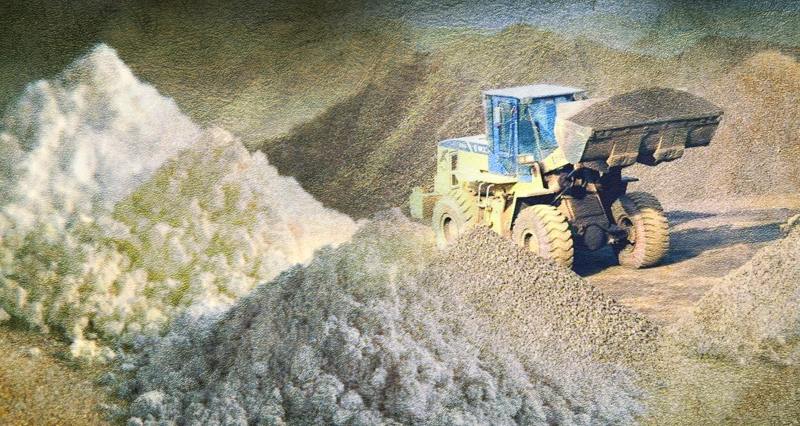

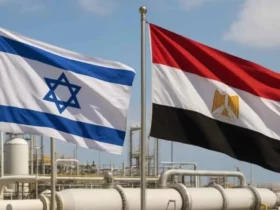
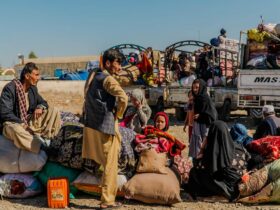

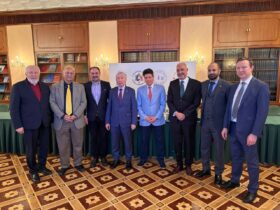

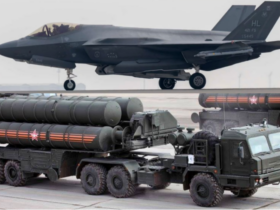
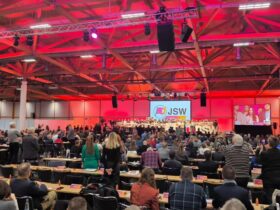
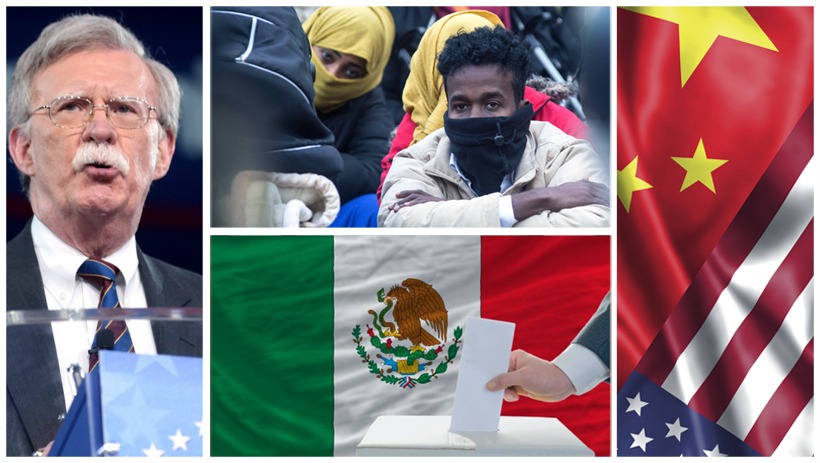
Leave a Reply